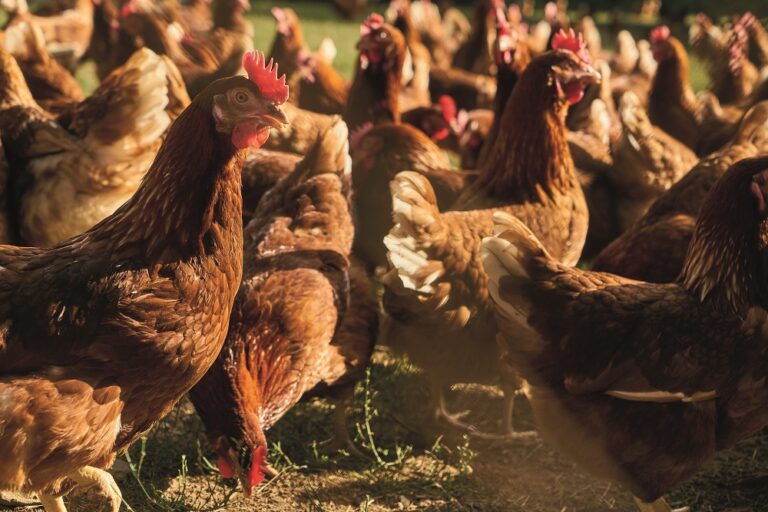Recent changes to Wynnstay poultry diets have shown a 13.4% reduction in poultry phosphate excretion can be achieved through simple diet changes, which lowers the levels of monocalcium phosphate (MCP) required.
Following concerns around phosphate contamination from poultry farms, the company has adapted rations to reduce phosphate requirements and therefore reducing potential excretion into the environment.
“Following the addition of a triple dose of a phytase enzyme in all layer diets, on average, there’s been a 10.4% reduction in total phosphorus content in the diet and a 13.4% reduction in phosphorus excretion per bird per year, achieved by birds mobilising bound phosphorus from the raw materials,” said Jim Turner, Wynnstay head of poultry. “As a result, the inclusion of MCP can be reduced.”
MCP is a finite resource that is more expensive than it has been historically. “It’s important to have an alternative option that doesn’t affect the cost of the ration or the performance of the bird, and therefore the most economic and sustainable option is to increase the dose of the phytase enzyme.”
Eloise Lawlor is poultry nutritionist at Premier Nutrition who has been working alongside Wynnstay to make these changes to the diet. She said a large proportion of phosphorus found in poultry diets is in the form of phytate phosphorus which is indigestible and an anti-nutritional factor (ANF).
“ANF’s can influence nutrient utilisation, so reducing the level of MCP and where suitable incorporating a triple dose of a phytase enzyme, helps to increase calcium and phosphate availability and utilisation. This results in improved feed efficiency and reduces the amount of phosphorus being bypassed and excreted by the bird,” said Lawlor.


